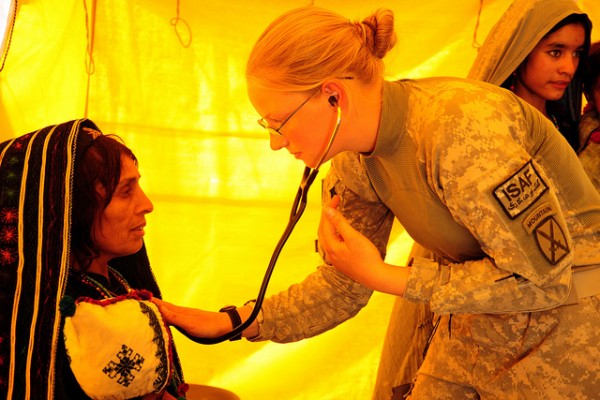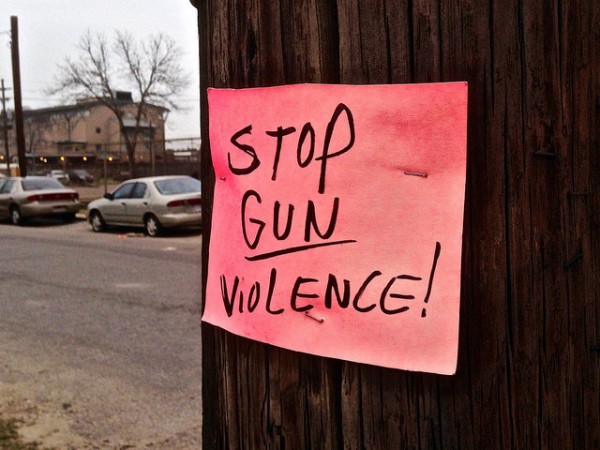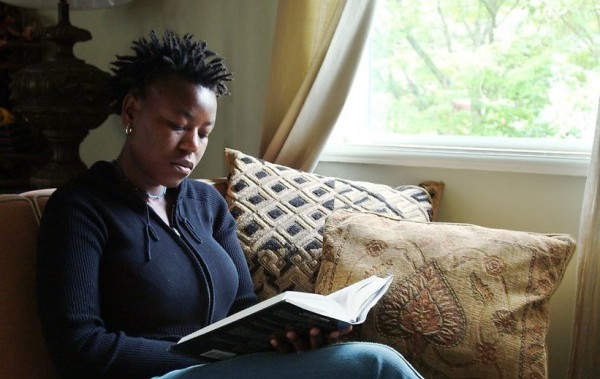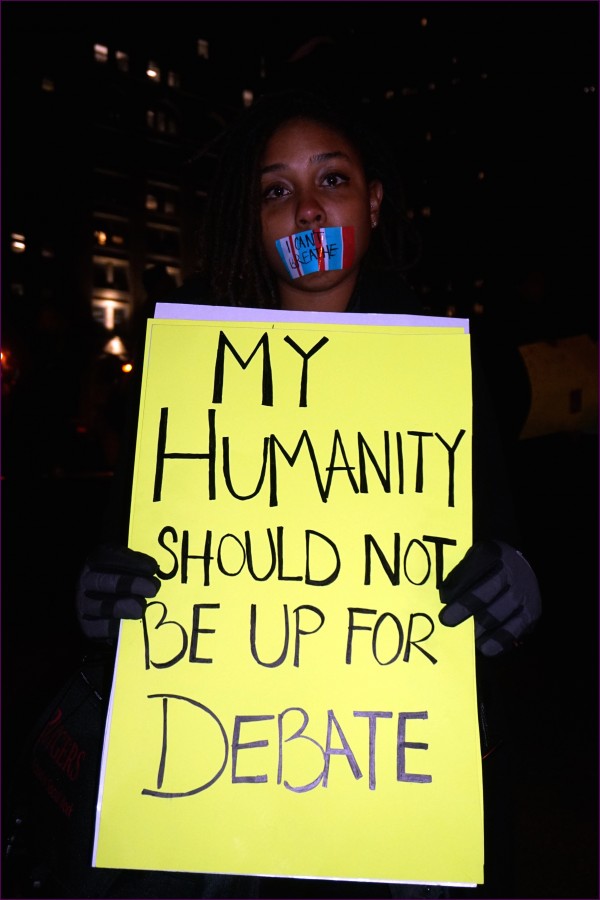
Around the world we see encouraging declines in the number of people newly infected with the virus that causes AIDS (as the acquired immunodeficiency syndrome is called). But hard-won gains in preventing and treating this “disease that changed everything” are not equally distributed across places and groups of people. The AIDS crisis has, in fact, widened inequalities in health and wellbeing the world over. In poor nations, AIDS remains a leading factor contributing to health declines, because more than 95% of the 33.2 million individuals infected with the human immunodeficiency virus (or HIV) that causes AIDS reside in such countries. The spread of HIV/AIDS has been especially detrimental to women in poor nations. The number of women infected with HIV has increased dramatically in recent years, and young women in less developed nations are about twice as likely as men to become infected. Strikingly, AIDS is the leading cause of death among women of reproductive age.
How can we understand women’s special vulnerability to AIDS, especially in poorer countries? Theories of gender inequality provide clear insights by highlighting the ways in which women have fewer resources and less control than men over decisions about sex and health practices. In particular, women in less developed nations face many barriers in getting needed access to vital educational and health resources, including schools and contraceptives.
If gender inequalities, poverty, and low levels of education and access to health care make for a deadly brew that undermines the wellbeing of women across the less developed world, these harmful forces can be exacerbated by events and trends that further social disorder. In many poor countries, civil wars and violence obviously undermine the health and longevity of women (as well as men). In addition, the spread of AIDS can be spurred by environmental crises and degradation – exacerbated in many places by global warming. So far, the potential impact of environmental degradation on the spread of HIV/AIDS has received insufficient scholarly attention. Drawing insights from eco-feminist perspectives, our work takes a step in the direction of correcting this deficit. more...





 Research to Improve Policy: The Scholars Strategy Network seeks to improve public policy and strengthen democracy by organizing scholars working in America's colleges and universities. SSN's founding director is Theda Skocpol, Victor S. Thomas Professor of Government and Sociology at Harvard University.
Research to Improve Policy: The Scholars Strategy Network seeks to improve public policy and strengthen democracy by organizing scholars working in America's colleges and universities. SSN's founding director is Theda Skocpol, Victor S. Thomas Professor of Government and Sociology at Harvard University.